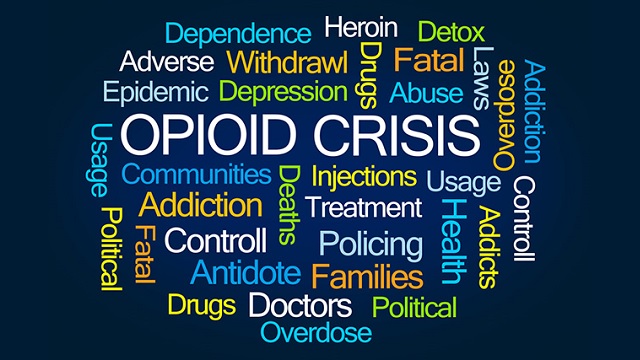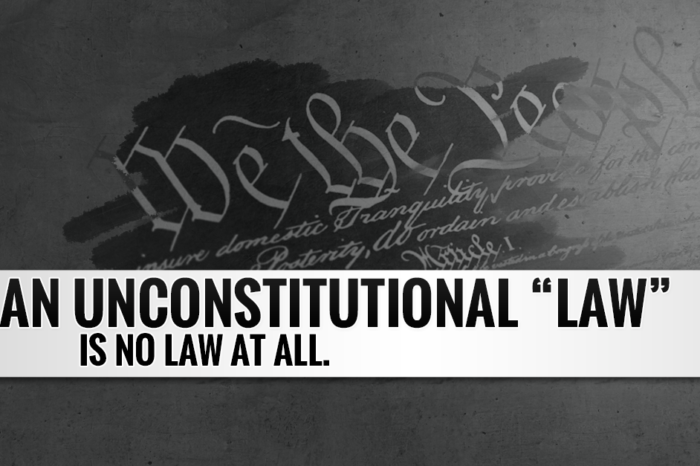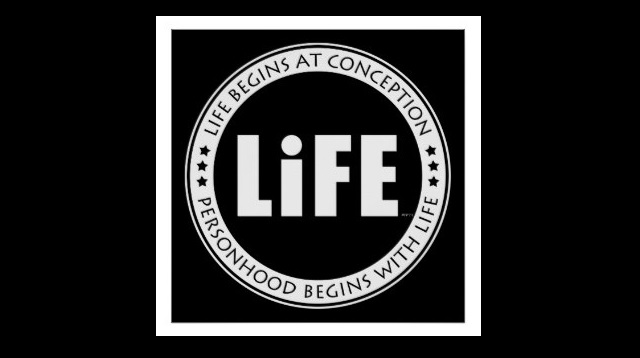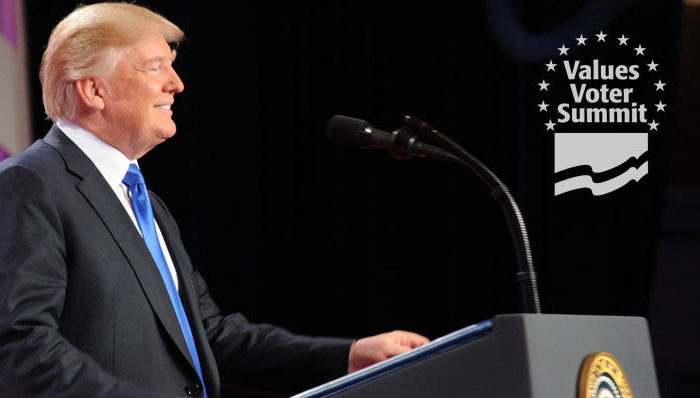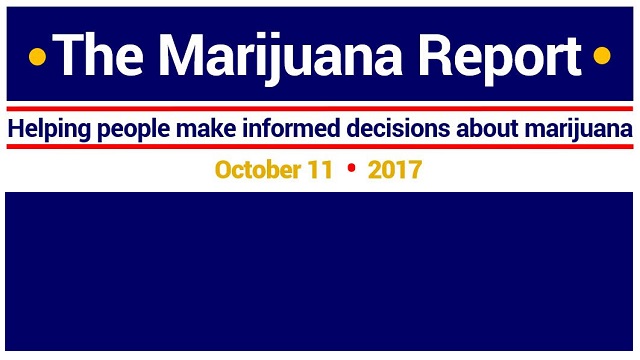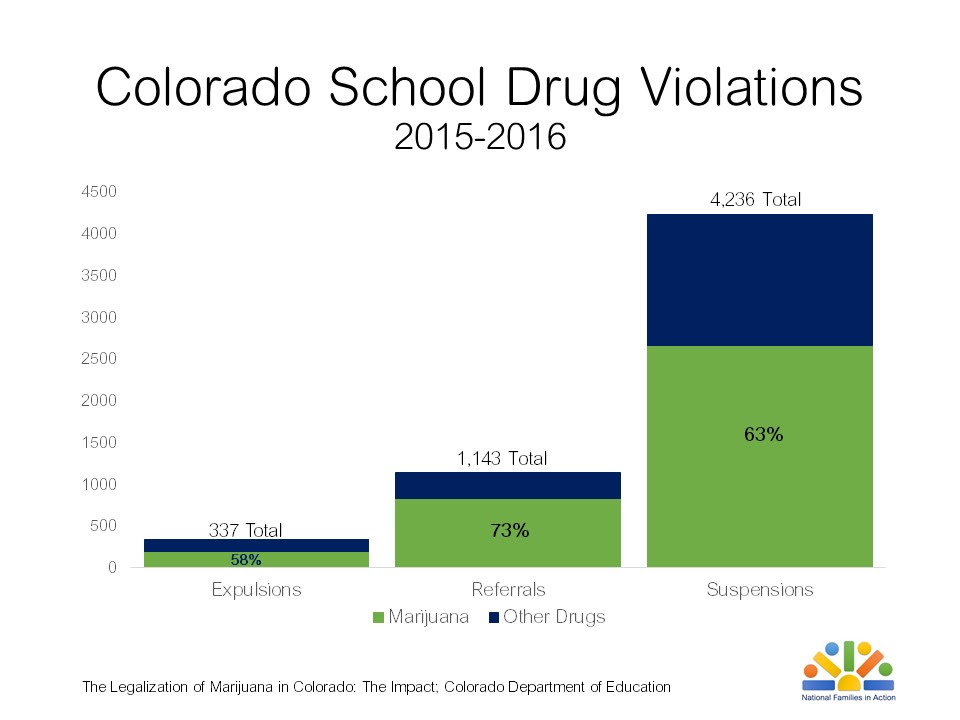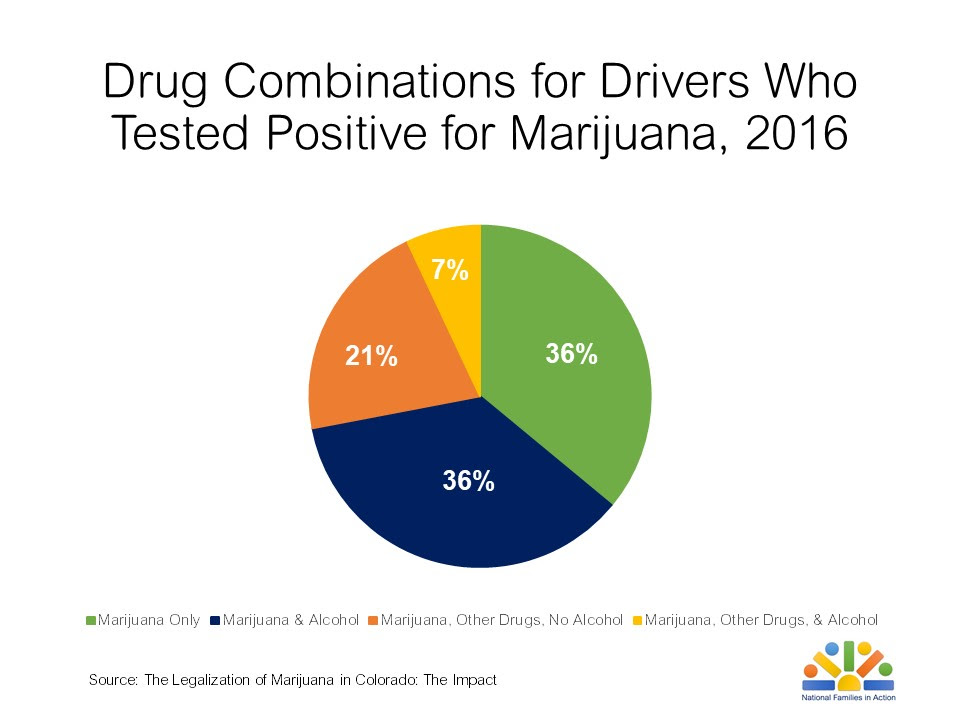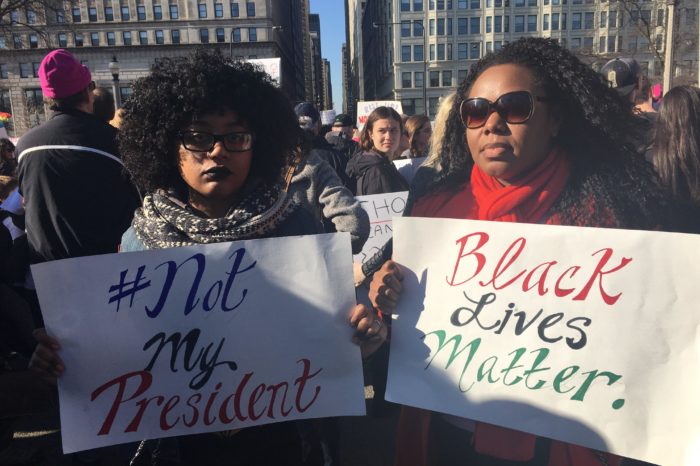There has been a long-standing debate as to whether or not marijuana is a “gateway drug” to hardcore drugs. However, there is no such debate about whether abused prescription opiates are gateway drugs to heroin and fentanyl — they are.
Today America finds itself suffering from the worst heroin epidemic in history.
The unprecedented numbers of Americans who have become addicted to prescription opiates provide the drug cartels with more potential “customers” than ever before and, as I noted in an article awhile back, Obama’s border failures have only made their business easier.
There are other parties who bear blame for the creation of this crisis as well. On Sunday, October 15, 2017 the CBS News program, “60 Minutes” aired an infuriating report, “Ex-DEA agent: Opioid crisis fueled by drug industry and Congress.”
That “ex-DEA agent” is Joe Rannazzisi who headed the DEA’s Office of Diversion Control, the division that regulates and investigates the pharmaceutical industry. According to the 60 Minutes report, “Rannazzisi tells the inside story of how, he says, the opioid crisis was allowed to spread — aided by Congress, lobbyists, and a drug distribution industry that shipped, almost unchecked, hundreds of millions of pills to rogue pharmacies and pain clinics providing the rocket fuel for a crisis that, over the last two decades, has claimed 200,000 lives.”
A subsequent Washington Post editorial detailed how the situation unfolded:
A DEA effort was undertaken in the mid-2000s to target drug distribution companies that were shipping unusually large volumes of opioids. For example, one midsize distributor had shipped 20 million doses to pharmacies in West Virginia over five years; 11 million doses went to one county alone with a population of 25,000 people. Some pharmacies in Florida were nothing more than illicit drug dens, with streams of customers arriving in vans from Appalachia. “Back home, each 30-pill bottle of oxycodone was worth $900,” The Post reports. By going after the distributors, the DEA hoped to stanch this deadly trade. The DEA brought at least 17 enforcement cases against 13 drug distributors and one manufacturer under a hard-charging head of the Office of Diversion Control, Joseph T. Rannazzisi.
Then the rules changed. The DEA originally could freeze drug shipments that posed an “imminent danger” to the community, giving the agency broad authority to act. In 2014, the industry launched an effort to slow enforcement by changing the standard. The legislation was sponsored by Rep. Tom Marino (R-Pa.) and aided by former DEA officials who went through the revolving door to help the drug companies.
The 60 Minutes report and a parallel eye-opening investigative report published by the Washington Post sent shockwaves around the country and resulted in Pennsylvania Congressman Tom Marino issuing a statement requesting that President Trump withdraw his name from consideration to lead the Office of National Drug Control Policy (ONDCP) as the so-called “Drug Czar.”
Although I was an INS special agent, I had a front row seat to America’s purported “War on Drugs.” In 1988 I became the first INS special agent to be assigned to DEA’s Unified Intelligence Division (UID) in New York City. In 1991 I was promoted to the position of Senior Special Agent and assigned to the Organized Crime, Drug Enforcement Task Force (OCDETF) where I remained for the balance of my career, working with the DEA, FBI and other federal and local law enforcement agencies and the law enforcement agencies of other governments.
I did not generally participate in DEA investigations into so-called “diversion” cases because those investigations rarely involved foreign nationals. However, what the excellent 60 Minutes report did not discuss was how, all too often, hapless patients who became hooked on prescription opiates were either unable to get more prescriptions for those drugs or were unable to continue to pay for those expensive drugs and, consequently, some of these desperate addicts have resorted to committing violent robberies at local pharmacies. Others resorted to cheaper street drugs such as heroin.
Heroin is not produced in the United States. Every gram of heroin present in the United States provides unequivocal evidence of a failure of border security because every gram of heroin was smuggled into the United States. Indeed, this is precisely a point that Attorney General Jeff Sessions made during his appearance before the Senate Judiciary Committee hearing on October 18, 2017 when he again raised the need to secure the U.S./Mexican border to protect American lives.
Immigration laws provide important weapons that can and must be used against transnational gangs, drug trafficking organizations and international terrorists and their organizations. This was made abundantly clear to me during my assignments with UID and then OCDETF. Yet this commonsense fact is willfully discounted and denied by politicians from both political parties and at all levels of government.
Smugglers are smugglers. Brutal human traffickers often engage in drug smuggling and, in fact, often force smuggled aliens to carry drugs on them, earning such aliens the nickname “mules.” They are literally used as beasts of burden. This is not only the case along the violent and porous U.S./Mexican border but at our nation’s international airports and seaports as well.
Because the smugglers are engaged in moving contraband into the United States from foreign countries, most of the smugglers are aliens, as are those who hold the highest positions within the drug trafficking organizations. Immigration laws could be brought to bear with great success against these smugglers, yet the number of immigration law enforcement officers has always been very low, further hampering efforts to use immigration laws to maximum advantage.
I began my career with the INS in 1971 as an Immigration Inspector at JFK Airport. Back then I became aware of individuals who attempted to smuggle narcotics into the United States by swallowing balloons and condoms which had been stuffed with narcotics. A ruptured balloon or condom would almost always cost the life of the person who had swallowed it.
Drug money enriches the coffers of the banks and money remitters that transmit the proceeds of narcotics transactions. They are the “silent partners” in this hugely profitable criminal enterprise. Yet while banks often pay huge fines, few bankers are ever prosecuted.
Furthermore, drug money washes through Wall Street, the real estate industry and permeates our economy.
On September 10, 2012 the New York Times reported that HSBC was forced to pay $1.92 billion to settle charges of money laundering. No one could argue that they paid a huge fine, until you consider the final paragraphs in the report:
Congressional hearings exposed weaknesses at the Office of the Comptroller of the Currency, the national bank regulator. In 2010, the regulator found that HSBC had severe deficiencies in its anti-money laundering controls, including $60 trillion in transactions and 17,000 accounts flagged as potentially suspicious, activities that were not reviewed. Despite the findings, the regulator did not fine the bank.
During the hearings this summer, lawmakers assailed the regulator. At one point, Senator Tom Coburn, Republican of Oklahoma, called the comptroller “a lap dog, not a watchdog.”
The July 11, 2016 report by the House Republican Staff of the Committee on Financial Services on the topic, “Too Big To Jail: Inside the Obama Justice Department’s Decision Not To Hold Wall Street Accountable” focused on failures of the Obama Justice Department to effectively deal with massive violations of laws pertaining to money laundering and other crimes that have national security implications.
It is my contention that not unlike the way that DEA lost its authority to block the shipments of opiates when it is apparent that community safety is jeopardized, we have seen, for decades, parallel efforts to prevent the effective enforcement of our nation’s immigration laws and the securing of our nation’s borders in, what I have come to refer to as, Immigration Failure – By Design.
“Sanctuary cities” and now “sanctuary states” have crippled efforts to use immigration laws to combat violent transnational gangs, drug trafficking and human smuggling and even undermining national security.
On August 11, 2017 Fox News posted the incredible article, “Los Angeles Targets Contractors Who Might Work on Border Wall.” The city of Los Angeles and the state of California have become sanctuaries and are now seeking to “blacklist” American companies that accept contracts from the federal government — particularly when such companies have worked to help stem the flood of heroin and other dangerous drugs into the United States along with aliens engaged in criminal and/or terror-related activities.
The drug trade and drug addiction are synonymous with death and violence. Drug money is “blood money” funding criminal and terrorist organizations. Our leaders must be made to accept that effective immigration law enforcement is a vital element of the “War on Drugs.”
EDITORS NOTE: This column originally appeared in FrontPage Magazine.


